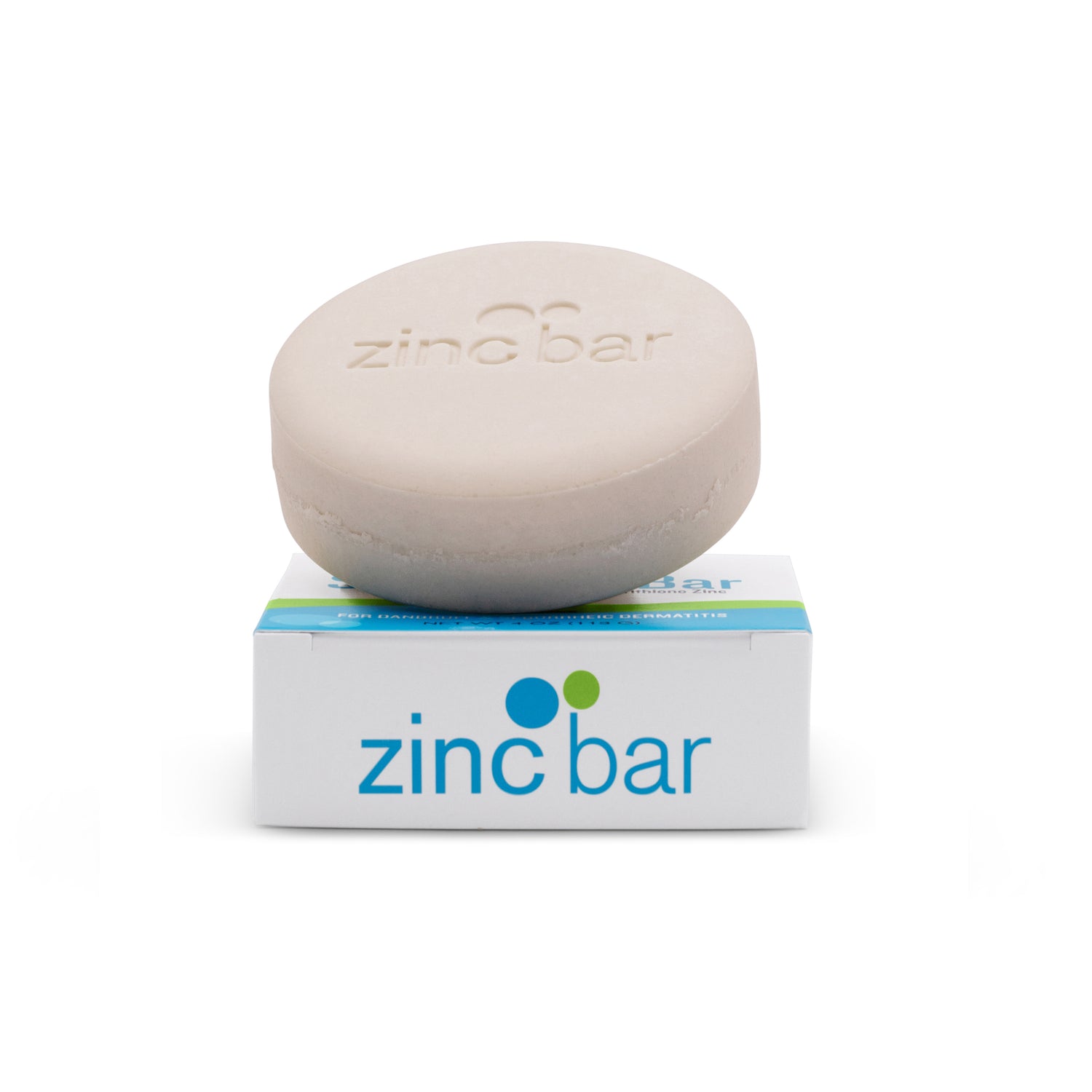Is the SLES we use safe?
Sodium laureth sulfate (SLES) used by DermaHarmony is certified to contain 1,4-Dioxane at levels below 5 parts per million (PPM). Although SLES originates from natural materials, it’s manufactured via a chemical process. The confusion surrounding the chemical process is responsible for many of the concerns relating to SLES.
Sodium laureth sulfate is prepared by ethoxylation of dodecyl alcohol. The resulting ethoxylate is converted to a half ester of sulfuric acid, which is neutralized by conversion to the sodium salt. Related surfactant sodium lauryl sulfate (SLS) is produced similarly, but without the extra ethoxylation step.
There’s a concern about 1,4-Dioxane which is a byproduct formed during the production process of SLES. In high concentrations 1,4-Dioxane is a human carcinogen. DermaHarmony SLES is refined to lower the concentration of 1,4-dioxane.
1,4-Dioxane is removed by evaporating water from hot SLES paste. The paste is heated either by live steam injection or by recovering the heat generated by the neutralization reaction with heat exchangers. Dioxane rich vapors that come from the flash tank are condensed and recovered in a vacuum unit (called vacuum stripping). Dioxane recovery is part of the sulphonation plant – a step in making SLES. Since the 1980s the FDA has recommended that manufacturers use the “vacuum stripping” technique.
From 1981 to 1997, the FDA conducted 10 surveys on the amount of 1,4-dioxane in finished cosmetic products. The number of products containing levels of 1-4-dioxane greater than 10 parts per million (ppm) declined significantly over this period. In 1981, the FDA found an average of 50 (ppm) 1,4-dioxane in finished cosmetic products, with a range from 2 to 279 ppm. In 1997, they found an average of 19 ppm, with a range of 6 to 34 ppm. In 2008 during the FDAs 11th survey of 1-4 dioxane with a new a new detection limit of 1 ppm, about 6% of the products were between 1-5 ppm, about 6% were between 5-10 ppm, about 8% were between 10-12 ppm (the highest level detected was 11.6 ppm.
Grace of Me Shampoo Bars contain less than 5% SLES by weight. With 1,4-dioxane certified at less than 5 PPM the amount of SLES 1,4-dioxane in a 4 oz shampoo bar measures less than ¼ part per billion – many thousands of times lower than the level which could pose a potential threat to human health.

